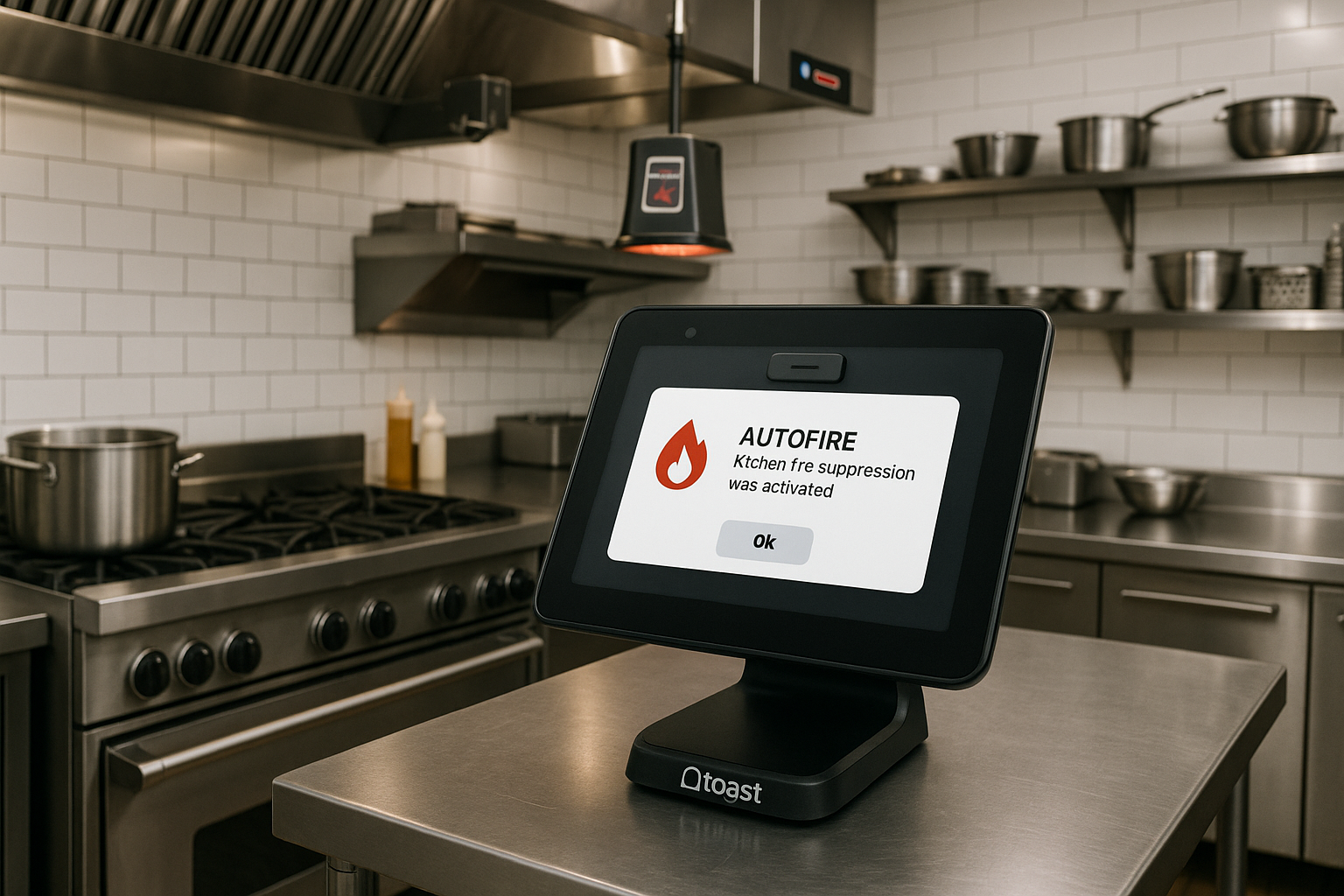Understanding Offline Mode in POS Systems
Introduction
Offline mode in Point of Sale (POS) systems is a critical feature that ensures transactions can continue even when network connectivity is lost. This mode allows restaurant staff to process orders and manage payments without interruption, safeguarding business operations. However, once connectivity is restored, it’s essential to understand the steps necessary to transition back to online mode effectively.
In a restaurant setting, downtime due to network issues can lead to lost sales and frustrated customers. Understanding how your POS system operates in offline mode can equip your staff with the knowledge to handle such situations more efficiently. It is crucial to train your team to recognize when the system has reverted to offline mode and to be aware of the procedures for restoring connectivity.
Moreover, having a solid grasp on your POS’s capabilities during offline operation can also improve overall workflow and customer satisfaction. When employees know the steps to take upon regaining connectivity, they can ensure that all transactions are synchronized and that the system is fully functional once more.
Steps to Diagnose Connectivity Issues
When your POS devices come out of offline mode, the first step is to diagnose any existing connectivity issues. Begin by checking your network hardware, including routers and modems, to ensure they are powered on and functioning correctly. Sometimes, simple fixes like restarting equipment can resolve underlying issues.
Next, verify that your internet connection is stable. Use a device, such as a smartphone or laptop, to test the connection. If other devices are experiencing the same connectivity issues, the problem may lie with your ISP. Contact your service provider for assistance if necessary.
Lastly, ensure that your POS software is up-to-date. Sometimes, outdated software can hinder connectivity. Check for any available updates and install them, as this can improve system performance and minimize future offline occurrences.
Reconnecting Your Devices Seamlessly
Once you’ve diagnosed and addressed potential connectivity issues, it’s time to reconnect your POS devices. Begin this process by re-establishing the network connection. Check your device settings to confirm that they are set to connect to the correct Wi-Fi network or wired connection.
After confirming the connection, restart your POS devices. A fresh reboot can help clear any errors in the system. Monitor the devices to see if they successfully transition back to online mode. If this step doesn’t resolve the issue, consider reaching out to your POS provider for specialized troubleshooting.
Ensuring that all devices are reconnected properly is essential to maintain accurate sales data and inventory levels. Once reconnected, run a few test transactions to confirm everything is functioning smoothly before resuming regular operations.
Best Practices for Future Connectivity
To reduce the likelihood of encountering offline mode issues in the future, it’s essential to implement best practices for maintaining connectivity. Regularly scheduled maintenance checks on your network hardware can prevent unexpected outages.
Train staff on basic troubleshooting steps for both the POS and network systems. This training allows employees to act swiftly during connectivity disruptions, reducing downtime. Additionally, consider investing in backup systems, such as mobile hotspots, which can provide internet access during primary connection failures.
Lastly, stay informed about software updates and changes to your POS system. Regularly updating your software not only enhances security but also improves the overall reliability of your system. This proactive approach can save time and minimize disruptions in a busy restaurant environment.
Conclusion
Navigating the process of reconnecting your POS devices after they come out of offline mode can be streamlined with a clear understanding of the necessary steps. By diagnosing connectivity issues, implementing best practices, and providing adequate staff training, restaurants can maintain operational efficiency and enhance customer satisfaction.


